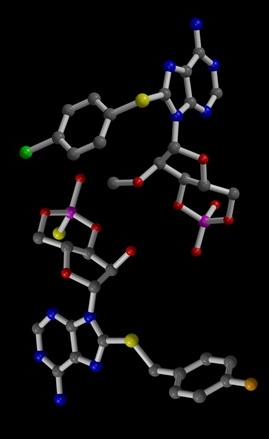This Week in PLOS Biology
In PLOS Biology this week, you can read about the the next 10 years of microbiome research, low-cost antimicrobial screening as an educational tool, and a potential new diabetes drug.
Transmission and Control of Ebola Virus Disease
Following on from last week’s modelling paper on Ebola in Liberia, you can read a Primer by Gerardo Chowell & Hiroshi Nishiura, which gives more information on the challenges of characterising this disease, and sets the research article in context.
Where next for microbiome research?

The last decade has seen a staggering transformation in our knowledge of microbial communities. In this unique Perspective article, Matt Waldor draws together seven short pieces in which diverse authors speculate as to what the next ten years might hold in store. Topics covered include food, agriculture and the microbiome, synthetic biology, and microbiome evolution.
Learning through Antimicrobials

Antibiotic resistance is a major worldwide public health issue. Increasing antibiotic resistance and the decline in new ones being approved motivates the search for novel antimicrobial agents, especially from natural sources. A new community page by Karishma Kaushik, Vernita Gordon & colleagues describes their hands-on experimental module aimed at young scientists from developing countries. They learn cutting-edge science in physical, chemical and biological systems that can be used to help the search for new antimicrobial agents (including those from plants like eucalyptus – pictured).
Targeting Diabetes: A Selective Epac2 Agonist

cAMP is a small molecule produced by cells that activates proteins involved in a wide range of biological processes, including olfaction, regulation of gene expression, insulin secretion, and many others. A new research article by Frank Schwede, Holger Rehmann & colleagues focuses on insulin secretion by the β-cells of the pancreas. They designed a cAMP analogue that specifically only activates Epac2, one of the cAMP-responsive proteins in the signalling cascade. That such selective targeting is therefore possible may open up new options for treatment of diabetes.
